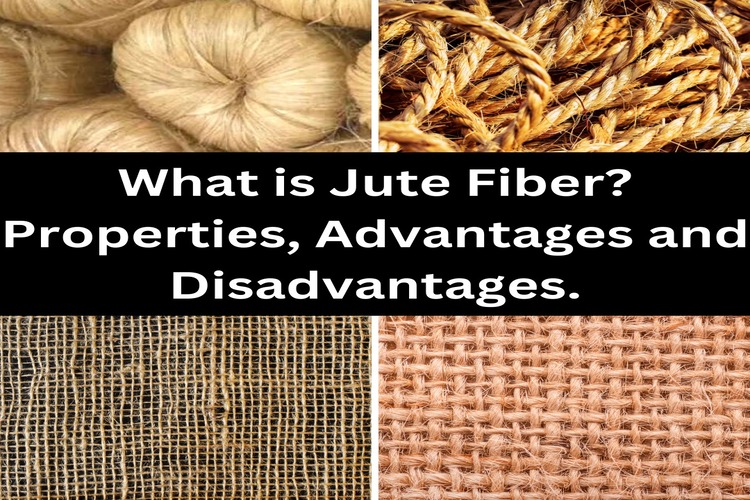Introduction
For more than 5,000 years, jute has thrived in the Indian subcontinent, with records of jute fiber production dating back to approximately 3000 BC. It’s conceivable that even earlier societies, such as the Indus Valley civilization, cultivated jute. Despite cotton’s popularity in India, jute played a more significant role in Indian society for many centuries before the era of European colonialism. When the British arrived in India, jute became a valuable cash crop that bolstered their colonial pursuits. Although jute had historical roots in Scotland, jute production in Bengal and other parts of India quickly surpassed Scottish output. The substantial profits earned by Indian jute barons enticed many Scottish producers to relocate to the British colony to partake in the jute boom. Jute remained a crucial component of the British Empire’s economy until the late 19th century. Even after India gained independence, jute remained a major export. However, with the advent of synthetic fibers, jute production waned in the latter half of the 20th century. It wasn’t until the early 21st century that jute production once again became an economically significant industry in Bengal, Bangladesh, and other regions of the Indian subcontinent.
Cultivation of Jute
Jute is a crop that thrives during the rainy season. It’s planted between March and May, depending on rain and soil conditions. The time to harvest, between June and September, depends on when the seeds were sown early or late. Jute prefers warm, humid weather with temperatures between 24°C and 37°C. However, too much rain or waterlogging can harm its growth. The best soil for growing jute is deep gray alluvial soil, enriched by annual floods that carry salt. But jute also does well in sandy loam and clay loam soils. Harvesting typically happens 120 to 150 days after planting, when the flowers have shed their colors, with early harvests yielding the best fibers. Mature jute plants, which can reach 8 to 12 feet in height, are either cut close to the ground or uprooted in flooded areas. After the harvest, the plants sit in the field for three days, allowing the leaves to naturally fall. Then, the jute stems are bundled and soaked in water in a ritual that begins immediately after the harvest, as the land continues to share its stories.
Physical Properties of Jute Fiber
Softness: They are somewhat soft, which makes them comfortable to work with, especially in things like carpets and upholstery.
Length: Jute fibers are long, about 1.5 to 4 meters, making them easy to handle and turn into yarn.
Elasticity: Jute fibers have some stretch, making them good for products like twine and cordage.
Shininess: Jute fibers have a natural shine, setting them apart from other natural materials.
Lightweight: Jute fibers are very light, making them easy to move around.
Coarseness: Jute fibers have a rough texture, giving them strength and durability, perfect for long-lasting items like burlap and hessian cloth.
Flexibility: They are flexible, making them suitable for weaving or knitting into various items.
Texture: Jute fibers are smooth and silky, making them versatile for textiles, industrial, and agricultural uses.
Color: Typically brown, but it can vary depending on the type of jute plant and growing conditions.
Density: Jute fibers have a moderate density, which balances strength and softness, ideal for bags and packaging materials.
Chemical Properties of Jute Fiber
pH: Jute fibers have a neutral pH, making them resistant to both acidic and alkaline environments.
Biodegradability: Jute fiber is biodegradable, making it eco-friendly and suitable for disposable products like burlap bags.
UV Stability: Jute isn’t naturally resistant to UV radiation, but it can be chemically treated or coated to increase its UV stability.
Solubility: Jute fibers are not easily dissolved in common solvents, providing resistance to chemical damage, and ideal for products exposed to chemicals, such as industrial packaging materials.
Flame Retardancy: Jute fiber is not naturally fire-resistant but can be treated with chemicals to gain flame-retardant properties.
Biocompatibility: Jute is biocompatible, meaning it doesn’t harm living organisms. This allows its use in products that come into contact with living beings, such as medical sutures.
Durability: Jute is relatively strong and can endure extended exposure to sunlight and moisture, making it well-suited for outdoor products like garden furniture and landscape fabrics.
Absorbency: Jute fiber has moderate absorbency, enabling it to soak up water and other liquids to some extent. This quality is valuable in products like cleaning cloths and oil-absorbent mats.
Hygroscopicity: Jute fibers are hygroscopic, absorbing moisture from the air, and suitable for products requiring moisture control, such as packaging materials.
Chemical Composition of Jute
- Cellulose: 65.3%
- Fats and Wax: 0.3%
- Hemi cellulose: 22.1%
- Water: 1.6%
- Lignin: 10.9%
Advantages
- Jute fiber affordable and easy to find.
- It’s great at preventing static electricity.
- Jute fiber Easily mixes with natural and synthetic fibers.
- Completely biodegradable, like eco-friendly cotton.
- Doesn’t transfer heat easily.
- Fits many uses in farming, textiles, weaving, and nonwoven goods.
- Jute fiber Can hold onto moisture well, about 13.75%.
Disadvantages
- Jute fiber easily wrinkles due to low crease resistance.
- Jute fiber becomes weaker when it’s soaked.
- It doesn’t drape well.
- Jute fiber easily wrinkles due to low crease resistance.
- Sunlight can make it cast shade and become yellowish.
Application of Jute Fiber
- Home textile
- Apparel industry.
- Geotextile.
- Packaging.
- Medical.
- Paper Industry.
You may also like:
- Explore The Different Types Of Textile Fibers
- Structure and Properties of Cotton Fiber
- Kapok Fiber: Properties, Structure and Production Process
- What is Linen Fiber? Properties, Structure, and How It Made?
- What is Hemp Fiber? Properties, Advantages and Disadvantages.
- What is Ramie Fiber? Properties, Advantages and Disadvantages.
- What is Sisal Fiber? Properties, Structure, and How It Made?
Share this Article!

